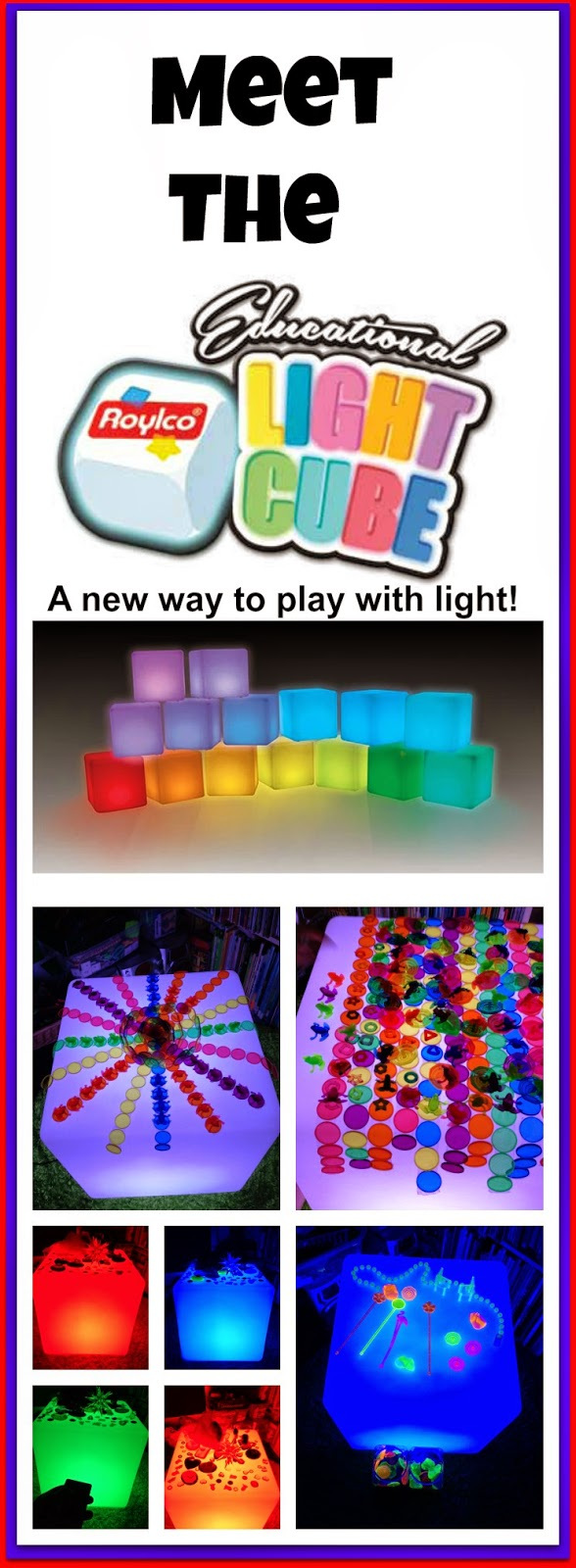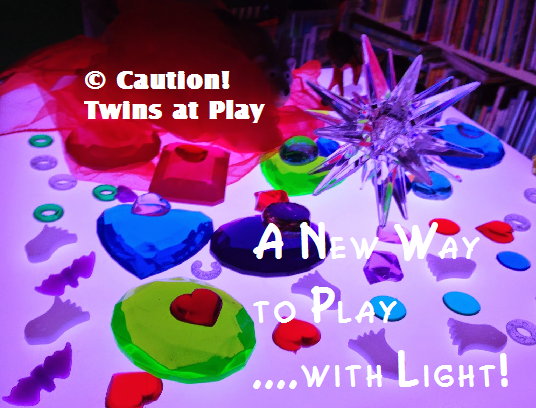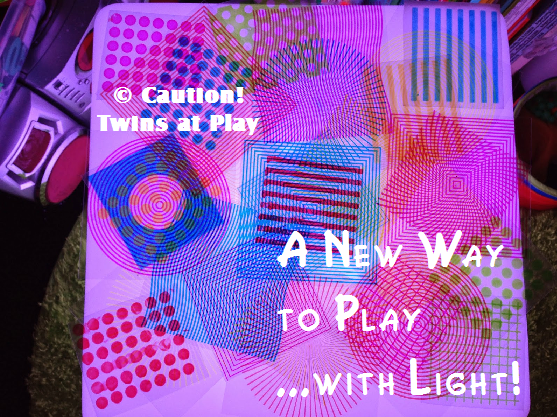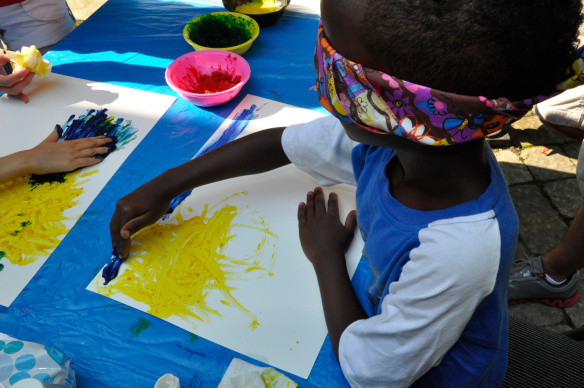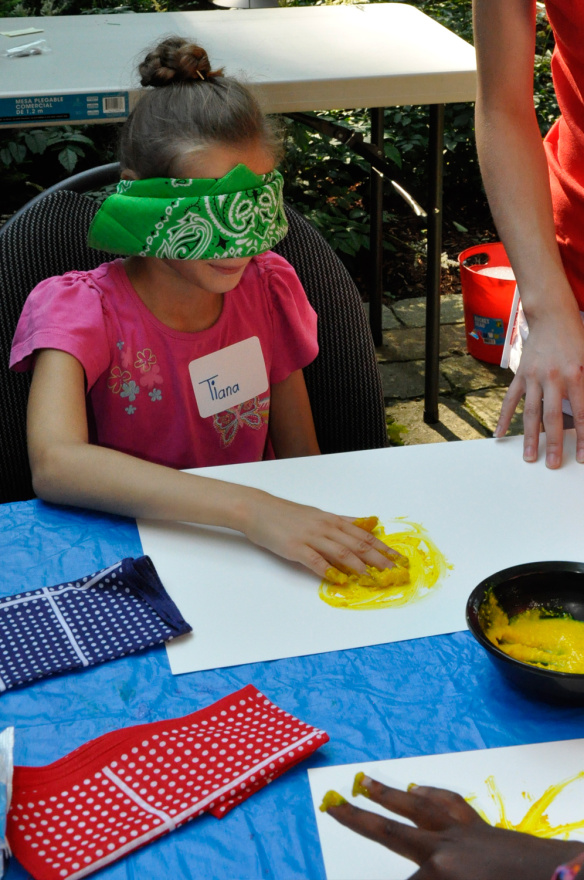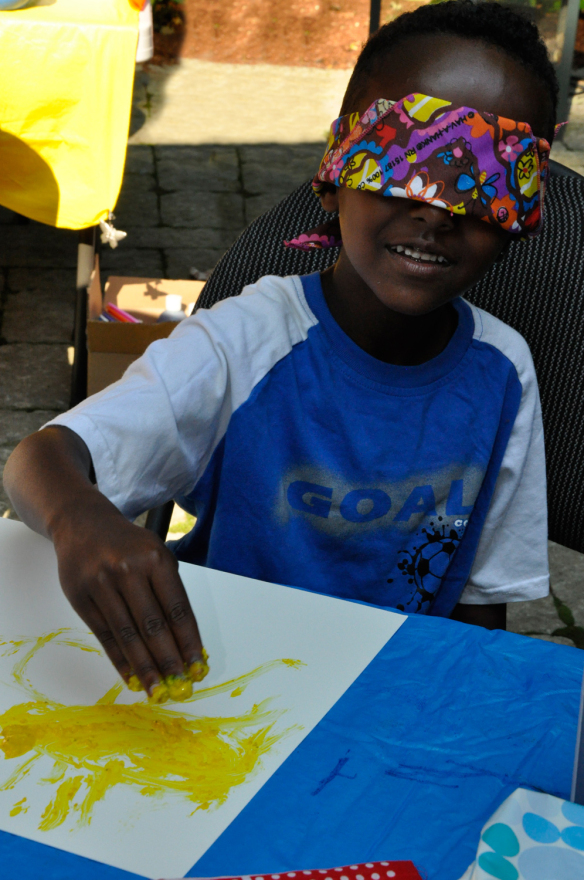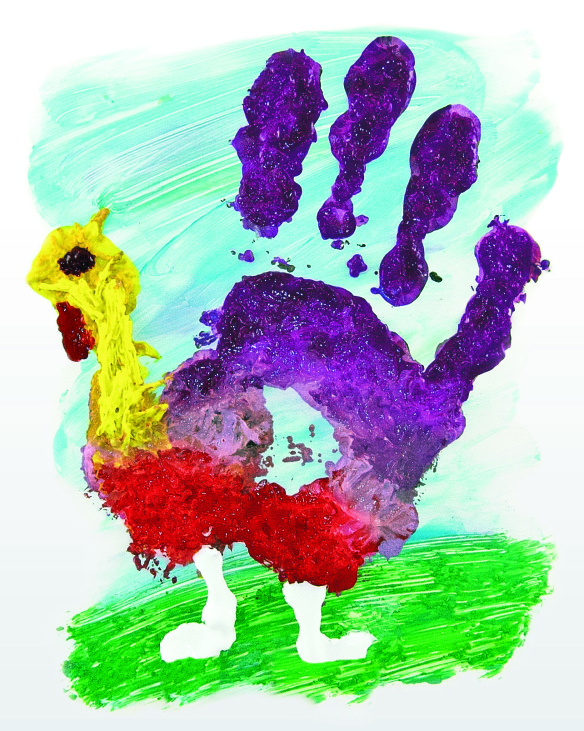For several years, the Caution! Twins at Play blog has garnered huge following for their experimental light table play. With the release of our newest Educational Light Cube, Kristen and her twins couldn’t wait to try it out for themselves! See what their preview post featured at the link here!!
This post was made on the Caution! Twins at Play blog which can be reached here. This blog is a huge educational resource for newcomers to light table play as well as a source of ideas for light table play veterans.
The benefits of light table play are varied and vast:
• Develop fine motor skills.
• Explore sensory play.
• Integrate special needs learning.
• Count, sort, describe, experiment, combine and mix materials together to create gorgeous light effects.
• Engage children with learning disabilities.
• Versatile usage.
• …and so much more!
Kristen shares more of her experiences with the Light Cube here and will be updating her blog with more upcoming Light Cube activities.
Here’s a quote from the blog post:
We can’t wait to see what’s in store!! We will even be featuring Caution! Twins at Play as a future guest poster so stay tuned for more light-play filled posts!
The new Educational Light Cube will be a feature of our special upcoming series on Light Table play. Check back in September for a new blog post day every Thursday on Light Table Play!
Thanks to Kristen from Caution! Twins at Play for her wonderful post!
Original photography and text © Caution! Twins at Play
Like us on Facebook and subscribe to our blog today for more original craft updates every Monday, Wednesday and Friday!

